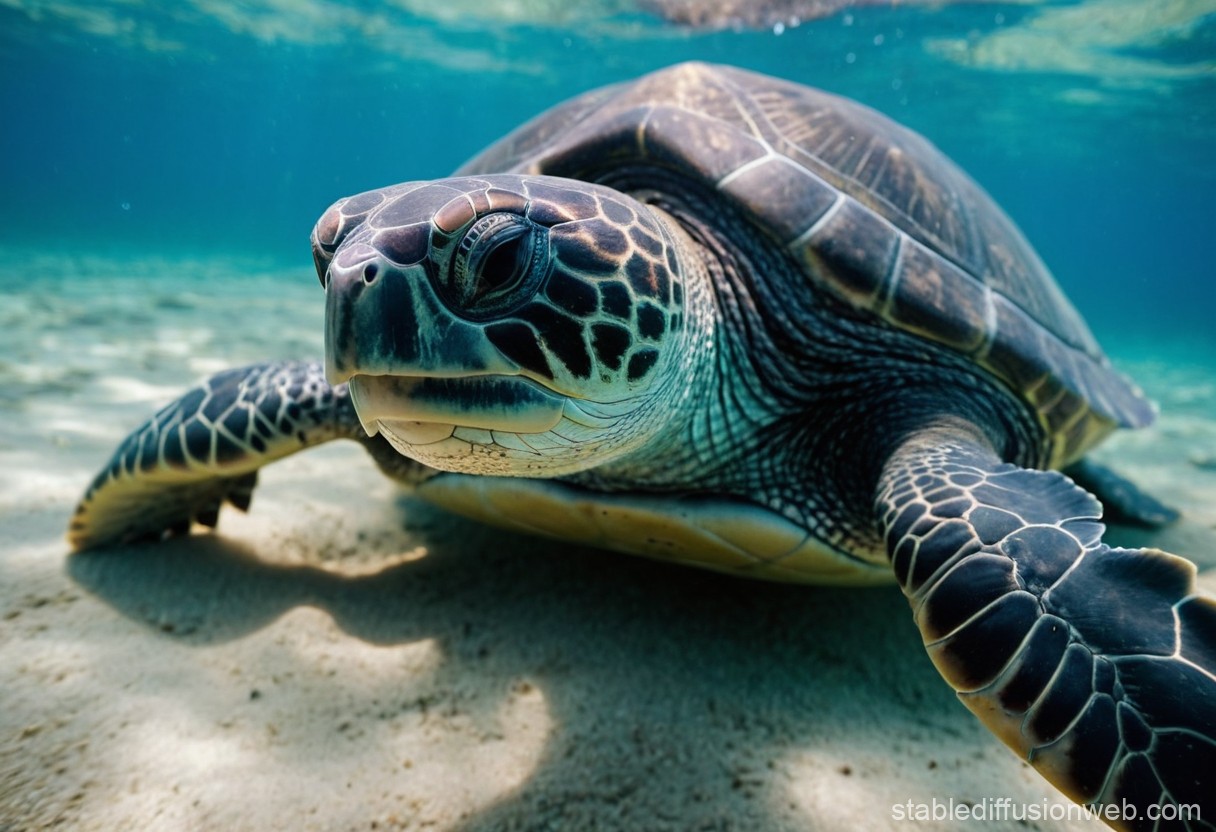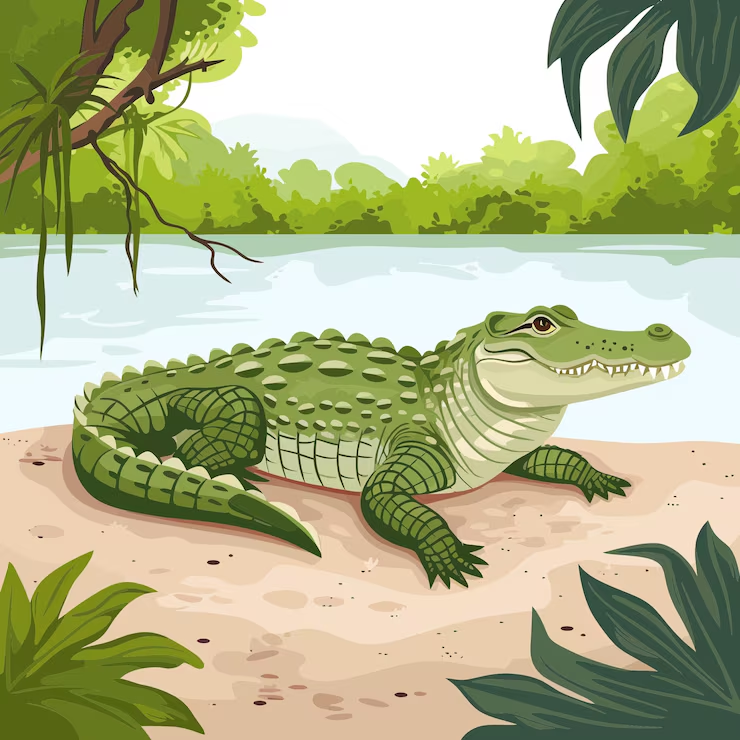Answers For [Forecast Q2-2025] - Leatherback Turtle
Answers and detail explain for [Forecast Q2-2025] - Leatherback Turtle
Explain
[Forecast Q2-2025] - Leatherback Turtle

Hello and welcome to today's biology lecture, we're going to look at leatherback turtles.
We all know a turtle is a reptile.
There are more than three hundred species of turtles on our planet.
Among them, leatherback turtle is the largest measuring at an average of one point eight metres in length at its maturity.
And it can reach more than seven hundred kilograms in weight.
Leatherback turtles have a rubbery dark shell, which is marked by seven narrow ridges that extend at the length of their backs.
1This advantageous shape is perfect for them to move in water.
It can allow them to swim without too much effort or even float on water despite of their large size.
2They are known to dive to twelve hundred metres under seas to pursue their prey which means they have very good lungs to allow them to hold their breath for a very long time under water.
There are no other turtles or reptiles that can go that deep.
3They can stand the pressure from the water above because unlike other turtles which have bony shells their shells are soft.
This is also one of the most distinctive characteristics of leatherback turtles.
Their shells can endure the pressure and avoid being cracked.
The leatherback turtles can live in a wide range of marine environments.
It has the widest distribution among all sea turtle species reaching as far north as Alaska and Canada where the water is very cold to the tropical sea of Caribbean.
They travel very long distances.
Studies have shown that they can travel several thousand kilometers within a month.
4Sometimes when they are tired they just sleep on the water for a couple of hours and the ocean current can take them forward.
This is a great way to reserve their energy, especially when there is a shortage of food.
Leatherback turtles feed almost entirely on jellyfish.
5Jellyfish is very high in protein and mineral, so it could offer the turtles a lot of energy and calories.
Leatherback turtles change their body temperature in different sea waters by burning different amounts of calories.
Even though bigger sized reptiles are relatively hard to survive, leatherback turtles can still live freely in the oceans because of their strong survival skills.
Scientists have been researching leatherback turtles for many years in order to know more about the habit of this interesting sea creature
6To study the migration features of leatherback turtles in the Atlantic ocean, scientists did an experiment.
A tracking device with a GPS was used.
Besides, the device could endure in the salty water because seawater has very high salt concentration.
Scientists went out to the open sea in a sailboat and then captured the sea turtle when it was close to the shore.
They then attached the tracking device to the shell of the leatherback turtle and release it back into the sea.
The working mechanism is like this:
7the kind of tracking device can transmit signals back to the laboratory whenever this turtle reaches the surface of the sea to breathe.
The signals can help scientists locate the turtle on the map.
The tracking devices will be switched off when the sea turtle is underwater and they will be automatically switched on for transmitting the signals when the turtle comes out of the water.
8This could prevent the device from running out of power since the devices will stay with the turtles for several months.
9The good thing about this device is that even though it is turned off underwater, it can measure the depth of the turtles’ location in the sea and send the data back to the scientists.
There was a leatherback turtle named Linda.
Scientists tracked its way travelling from Spain to Argentina in about a month.
Scientists found no damage or crack on her shell or flippers which may indicate that leatherback turtles like Linda have few natural predators once they are mature.
10However, the data also showed that it needed to use a lot of energy to search for food in the sea partly because of its big body size.
These turtles are threatened by human activities especially the plastic bags,
which confused them and they often regard the plastic items as their jellyfish.
We have to work hard to protect them from eating the wrong food and next I'm going to talk...
Question 1-10
Complete the notes below. Write NO MORE THAN TWO WORDS for each answer.
Background:
-
Average length at maturity: 1.8 metres
-
The advantageous 1 (shape) helps movement in the sea water.
-
It is the only reptile that can 2 (dive) to 1,200 meters deep.
-
Its shell is 3 (soft) so it can endure pressure.
-
It can live in hot Caribbean and cold water in Canada
-
It can 4 (sleep) on the water for several hours
-
It eats food which is high in 5 (protein) and mineral.
Research Project methods:
-
Scientists study their 6 (migration | migration features) in the Atlantic Ocean:
-
Tracking device can start transmitting when the turtle reaches the 7 (surface) of sea.
-
The device is only switched on when transmitting signals in order to avoid running out of 8 (power)
-
Scientists can monitor the 9 (depth) of the turtles in the sea even though the device is turned off.
-
Linda had no damage and crack in her shell or flippers, yet it used much 10 (energy) searching food.
![[Forecast Q2-2025] - Biology lecture](https://static.helik.app/reading/8fd3d7d2-ccf9-47a3-8920-2e7a3b0d6607)
![[Forecast Q2-2025] - Living in the City](https://static.helik.app/reading/1a60bcf3-f3a7-4e9b-97a2-94d156a0de3b)
![[Forecast Q2-2025] - Student Union](https://static.helik.app/reading/fb443123-8c1d-447e-8c79-5a01650f4754)
![[Forecast Q2-2025] - Fruit-picking Job in an Orchard](https://static.helik.app/reading/e1968346-6c55-44ae-b8d3-f6a4fb7207b9)
![[Forecast Q2-2025] - University Crime Prevention](https://static.helik.app/reading/bdda593e-16d6-4c72-8a12-b116e917b27c)
![[Forecast Q2-2025] - Business Course](https://static.helik.app/reading/3308e282-99a6-4bcb-9d22-0b488701d968)
![[C20T1] - Choosing a restaurant](https://static.helik.app/reading/e9b21123-c43c-42fb-88b7-5d0be3a37e03)
